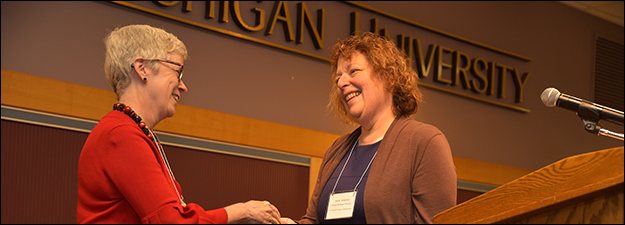Monsters II: Immaterial Monsters
Sponsoring Organization(s)
Monsters: The Experimental Association for the Research of Cryptozoology through Scholarly Theory and Practical Application (MEARCSTAPA)
Organizer Name
Richard Ford Burley, Nicole Ford Burley, Asa Simon Mittman
Organizer Affiliation
Boston College, Boston Univ., California State Univ.-Chico
Presider Name
Richard Ford Burley
Paper Title 1
Dead Poet's Society: Didactic Hauntings in the Old French Dits of Watriquet de Couvin
Presenter 1 Name
Stefanie Goyette
Presenter 1 Affiliation
New York Univ.
Paper Title 2
Taci, Maladetto Lupo! Quieting the Cursed Wolf of Pagan History in Dante's Inferno
Presenter 2 Name
Jim Miranda
Presenter 2 Affiliation
Univ. of Colorado-Boulder
Paper Title 3
The Presence of the Immaterial: Intentional and Unintentional Cultural Resonances in the Ghost Stories of Caesarius of Heisterbach
Presenter 3 Name
Stephanie Victoria Violette
Presenter 3 Affiliation
Univ. of New Mexico
Start Date
13-5-2017 1:30 PM
Session Location
Schneider 1155
Description
The recent scholarly turn towards greater consideration of the material culture of the Middle Ages paradoxically also draws attention back to the places where materiality is strikingly absent. Monsters are often seen by medieval and modern commentators as inextricably linked with their embodiment, and yet are frequently insubstantial. Whether referring to invisible and intangible ghostly visitors from purgatory and other members of the ethereal undead, the borrowed tangibility of the demonically possessed, nigh-visiting succubi and incubi, or the displacement of the monstrous to the geographical margins in maps and stories, the disturbing presence of monstrosity’s physical absence leaves its traces throughout the Middle Ages and demands our present attention. This session seeks answers to the question this raises: how can something so absent and immaterial nevertheless possess agency, influencing individuals and cultures? To this end, this session invites fifteen- to twenty-minute papers from any discipline that analyze and interpret immaterial monsters and monstrosity in medieval texts and contexts. Papers may examine any aspect of the topic (broadly conceived), including but not limited to the immaterial, absent, or displaced monster in literature, art, history, theology or any combination thereof.
Asa S. Mittman
Monsters II: Immaterial Monsters
Schneider 1155
The recent scholarly turn towards greater consideration of the material culture of the Middle Ages paradoxically also draws attention back to the places where materiality is strikingly absent. Monsters are often seen by medieval and modern commentators as inextricably linked with their embodiment, and yet are frequently insubstantial. Whether referring to invisible and intangible ghostly visitors from purgatory and other members of the ethereal undead, the borrowed tangibility of the demonically possessed, nigh-visiting succubi and incubi, or the displacement of the monstrous to the geographical margins in maps and stories, the disturbing presence of monstrosity’s physical absence leaves its traces throughout the Middle Ages and demands our present attention. This session seeks answers to the question this raises: how can something so absent and immaterial nevertheless possess agency, influencing individuals and cultures? To this end, this session invites fifteen- to twenty-minute papers from any discipline that analyze and interpret immaterial monsters and monstrosity in medieval texts and contexts. Papers may examine any aspect of the topic (broadly conceived), including but not limited to the immaterial, absent, or displaced monster in literature, art, history, theology or any combination thereof.
Asa S. Mittman

